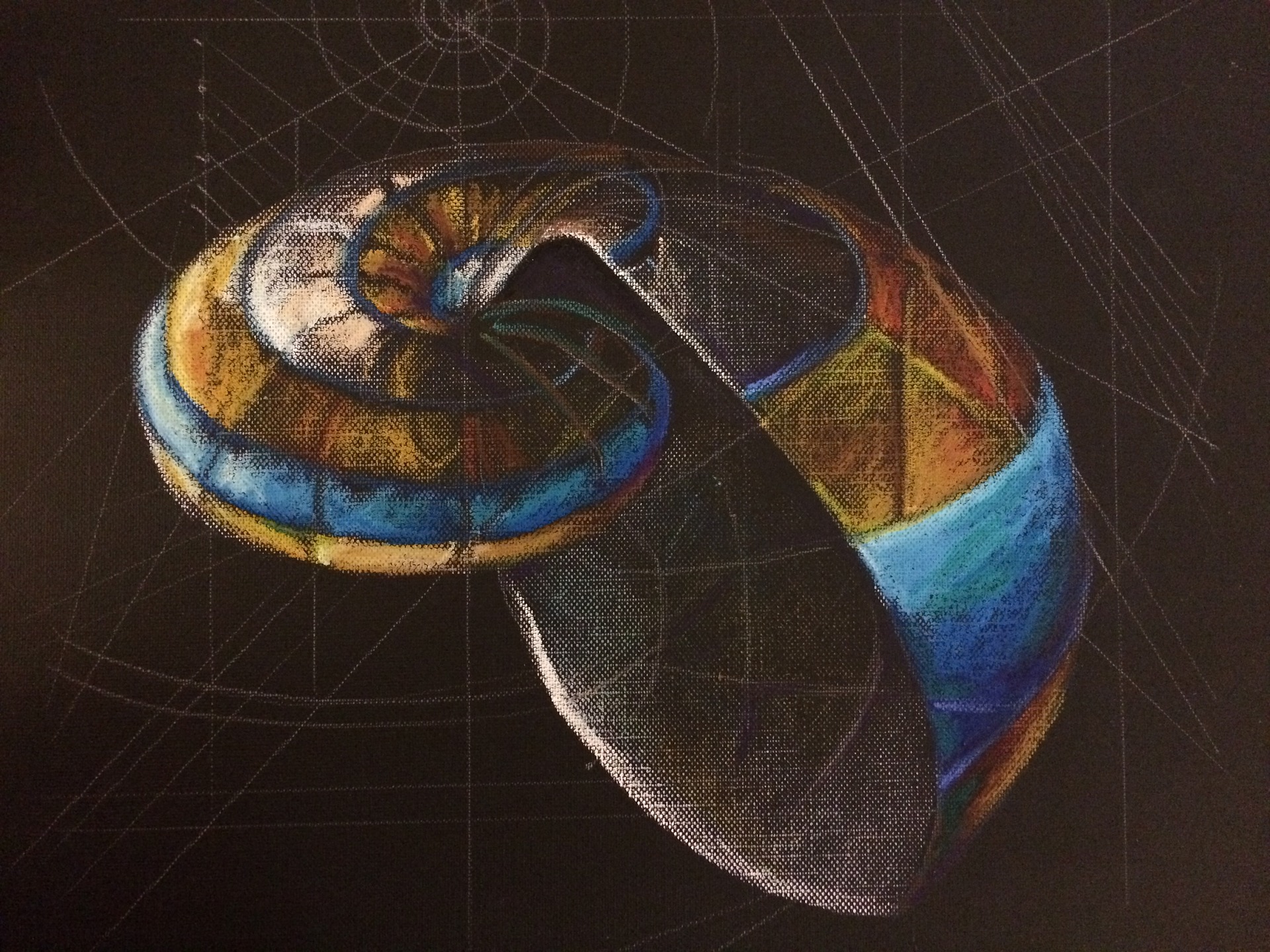
The Fibonacci Ratio
The Fibonacci ratio, also known as the Golden Ratio, is a mathematical concept that has fascinated scientists, artists, and mathematicians for centuries. It is a ratio that appears in nature, art, architecture, and even the human body. In this article, we'll explore what the Fibonacci ratio is, how it's calculated, and some of the fascinating ways in which it appears in our world.
What is the Fibonacci Ratio?
The Fibonacci ratio is a mathematical ratio that is found by dividing any number in the Fibonacci sequence by the number that comes before it. The Fibonacci sequence is a series of numbers in which each number is the sum of the two preceding numbers, starting with 0 and 1.
Here's the Fibonacci sequence up to the first 10 numbers:
0, 1, 1, 2, 3, 5, 8, 13, 21, 34, ...
To find the Fibonacci ratio, we take any number in the sequence and divide it by the number that comes before it. For example, to find the Fibonacci ratio of 13, we would divide it by 8, which gives us 1.625.
As we move further down the Fibonacci sequence, the ratio between each pair of numbers gets closer and closer to the Fibonacci ratio, which is approximately 1.61803398875. This number is known as the Golden Ratio and is denoted by the Greek letter phi (φ).
How is the Fibonacci Ratio used?
The Fibonacci ratio is used in many different areas, including art, architecture, design, and even stock market analysis. It is believed that the Golden Ratio appears in many natural phenomena, such as the spiral of a seashell, the arrangement of leaves on a stem, and the shape of galaxies.
In art and design, the Fibonacci ratio is often used to create visually pleasing compositions. For example, a rectangle with sides in the ratio of phi (1.618:1) is said to be aesthetically pleasing. This ratio is also used in photography, where it can be used to create balanced and visually appealing compositions.